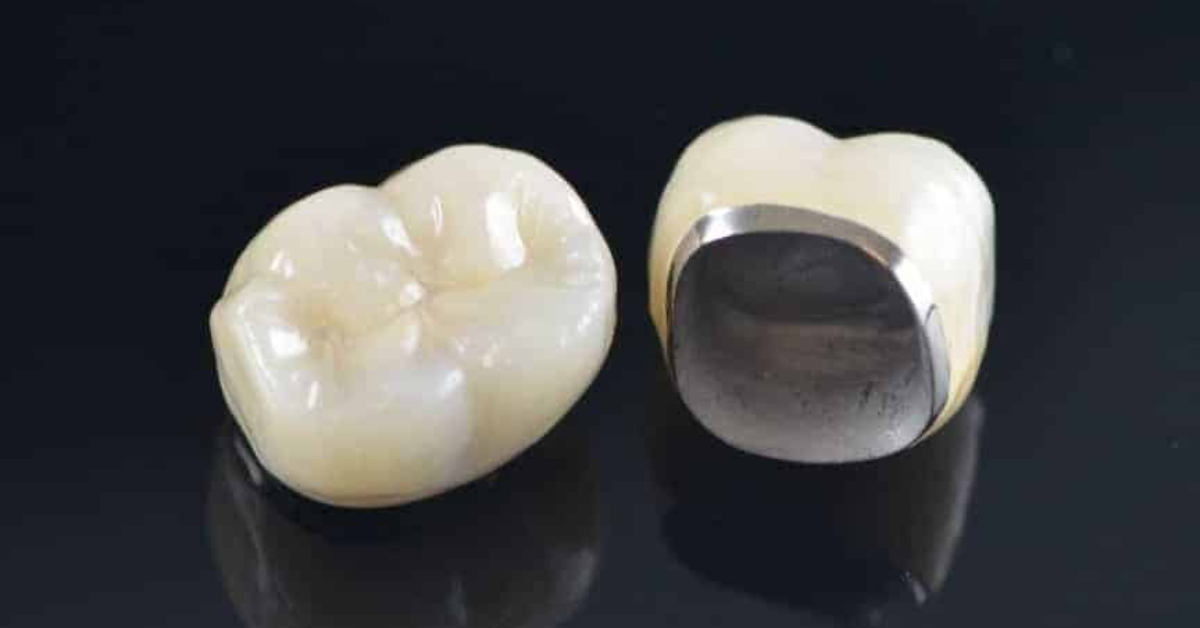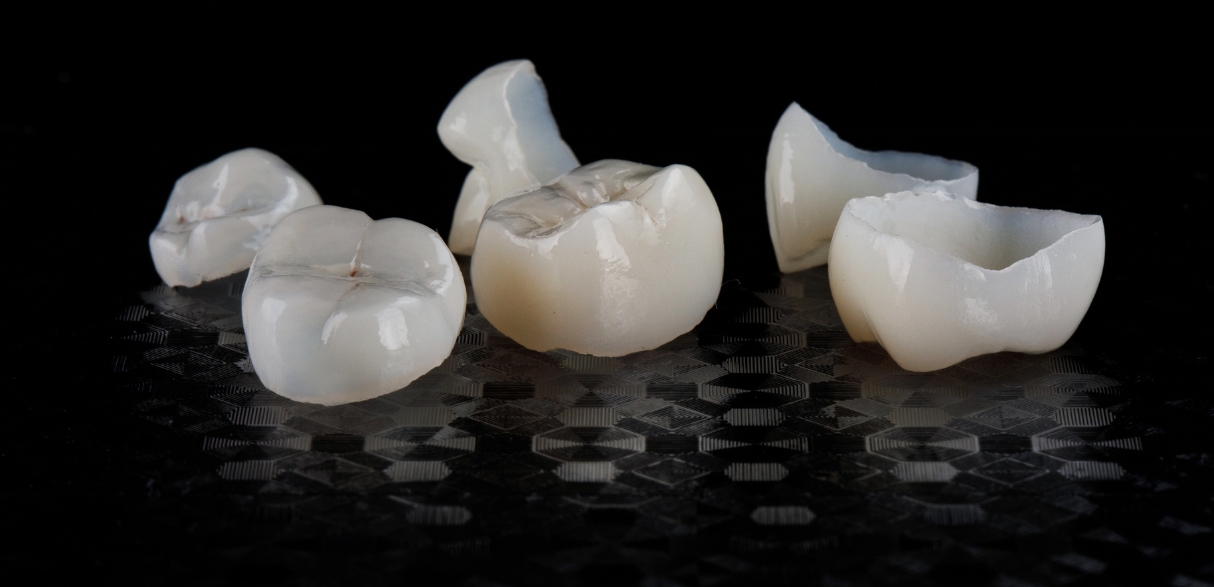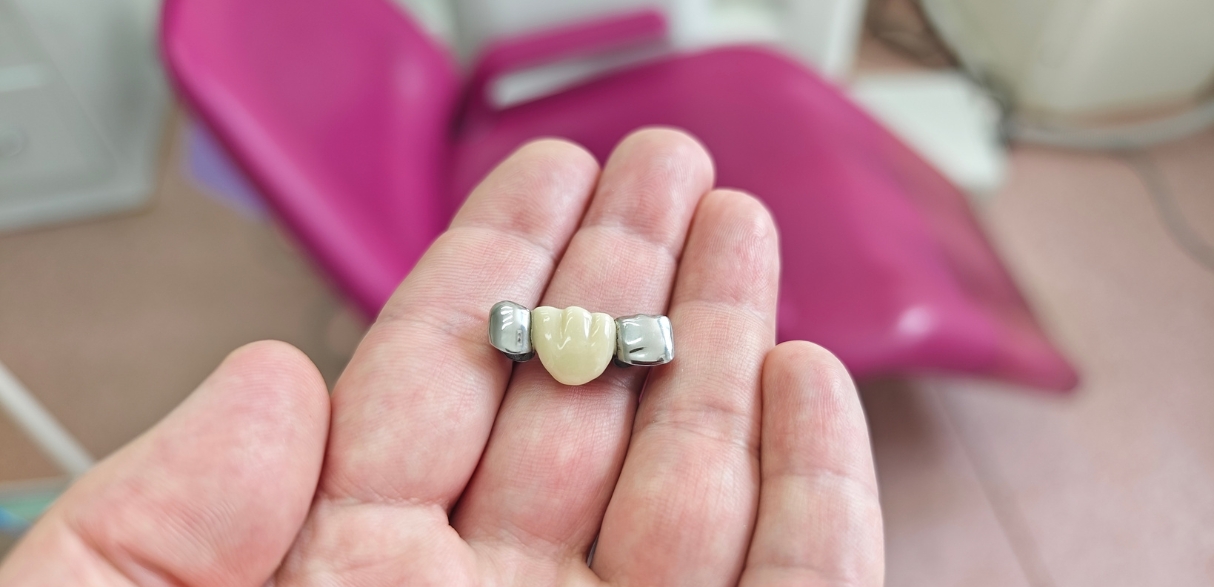
When it comes to restoring damaged teeth, choosing the right crown material is crucial for both functionality and appearance. Among the most popular options are ceramic and porcelain crowns, each offering unique benefits. Whether you’re dealing with a chipped tooth, severe decay, or just looking to enhance your smile, understanding the differences between these two materials can help you make the best decision. But which one is truly better for your needs? Dive into this blog to explore the pros and cons of ceramic and porcelain crowns, and discover which option could be the perfect fit for your smile.
Understanding the Differences Between Ceramic and Porcelain Crowns
Dental crowns are a popular solution for restoring damaged or decayed teeth. When choosing between ceramic and porcelain crowns, it’s essential to understand their differences. Both materials offer durability, natural aesthetics, and long-lasting results. However, they also have unique characteristics that may make one a better option for your specific dental needs.
Ceramic crowns are made from various types of ceramic materials, including zirconia. Porcelain crowns, on the other hand, are a specific type of ceramic crown. They are often referred to as “all-porcelain” crowns and have been used in dentistry for decades due to their lifelike appearance. By examining the strengths and limitations of each, you can decide which crown best suits your needs.
Which Crown Offers Better Longevity?
Durability is a crucial factor when selecting a dental crown. You want a crown that can withstand daily wear and tear without cracking or breaking. Ceramic crowns, particularly those made from zirconia, are known for their exceptional strength. Zirconia crowns are highly resistant to fractures and can last for many years, making them a popular choice for both front and back teeth.
Porcelain crowns, while also durable, are slightly more susceptible to chipping compared to zirconia. However, advancements in dental technology have improved their durability over the years. Porcelain crowns are still a reliable option, especially for front teeth where aesthetics are a top priority.
When considering durability, think about where the crown will be placed in your mouth. If you need a crown for a molar or a tooth that endures heavy biting forces, a ceramic crown may be the better choice. For teeth that are more visible and less exposed to stress, a porcelain crown can provide the desired blend of strength and beauty.
Which Crown Looks More Natural?
The appearance of your dental crown is just as important as its functionality. You want a crown that seamlessly blends with your natural teeth, enhancing your smile without standing out. Both ceramic and porcelain crowns are designed to mimic the appearance of natural teeth, but they achieve this in different ways.
Ceramic crowns, especially zirconia, are known for their opaque quality. While this may be a benefit in terms of hiding discoloration or metal components, it can sometimes result in a crown that appears less translucent than natural teeth. However, advancements in ceramic materials have led to more translucent options that better mimic the look of enamel.
Porcelain crowns, on the other hand, are renowned for their translucency and ability to reflect light like natural teeth. This quality makes porcelain crowns an excellent choice for front teeth, where appearance is crucial. They can be color-matched to your existing teeth, creating a harmonious and natural-looking smile.
If your primary concern is achieving the most natural appearance, porcelain crowns may be the better option, especially for visible teeth. However, ceramic crowns are still a strong contender, particularly when paired with newer, more translucent materials.
Which Crown Feels Better?
When it comes to comfort, biocompatibility is an essential consideration. Biocompatible materials are less likely to cause allergic reactions or gum irritation, making them ideal for dental restorations.
Ceramic crowns, especially those made from zirconia, are highly biocompatible. Zirconia is a material that is well-tolerated by the body, reducing the risk of allergic reactions or inflammation. Additionally, ceramic crowns are less likely to cause sensitivity, making them a comfortable option for many patients.
Porcelain crowns are also biocompatible and are unlikely to cause adverse reactions. However, some patients may experience slight gum irritation if the crown’s margin is not properly fitted. This issue can typically be addressed with proper dental care and adjustments by your dentist Chatsworth.
In terms of comfort, both ceramic and porcelain crowns are excellent choices. If you have a history of sensitivity or allergies, ceramic crowns may offer a slight advantage due to their exceptional biocompatibility.
Cost Considerations: Weighing the Investment
While cost may not be the only factor in your decision-making process, it is important to consider when choosing between ceramic and porcelain crowns. Both types of crowns represent a significant investment in your dental health, so it’s essential to weigh the cost against the benefits.
Ceramic crowns, particularly zirconia, tend to be more expensive than porcelain crowns. The higher cost is due to the advanced materials and technology used in creating ceramic crowns. However, this investment can be worthwhile, especially if you need a crown for a tooth that requires extra strength and durability.
Porcelain crowns are generally more affordable, making them a popular choice for patients looking for a cost-effective yet aesthetically pleasing solution. While porcelain crowns may have a lower upfront cost, it’s important to consider their longevity and the potential need for replacement over time.
When evaluating costs, consider both the immediate expense and the long-term value. Ceramic crowns may require a larger initial investment but can offer extended durability and fewer replacements. Porcelain crowns, while less expensive initially, may require more frequent maintenance or replacement.
Maintenance and Care
Proper care and maintenance are essential for ensuring the longevity of both ceramic and porcelain crowns. While both types of crowns are durable, they require regular dental hygiene practices to stay in top condition.
For ceramic crowns, particularly zirconia, regular brushing and flossing are crucial to prevent plaque buildup and maintain the crown’s appearance. Zirconia crowns are resistant to staining, so they can retain their natural look with proper care. However, it’s important to avoid abrasive toothpaste that could scratch the surface of the crown.
Porcelain crowns also require diligent oral hygiene, especially since they are more susceptible to staining over time. Using a non-abrasive toothpaste and regular dental check-ups can help maintain the crown’s appearance. Additionally, avoid biting down on hard objects, as porcelain is more prone to chipping than ceramic.
In terms of maintenance, both ceramic and porcelain crowns require similar care. The key to ensuring long-lasting results is consistent oral hygiene and regular visits to your dentist.
Personal Preference and Dental Needs
Ultimately, the choice between ceramic and porcelain crowns will depend on your individual dental needs and personal preferences. Consider the factors that matter most to you, such as durability, appearance, comfort, and cost.
If strength and longevity are your top priorities, ceramic crowns, particularly those made from zirconia, may be the better option. They offer exceptional durability and are ideal for teeth that endure heavy biting forces.
If achieving a natural appearance is your main concern, porcelain crowns may be the right choice. Their translucency and ability to mimic natural teeth make them an excellent option for front teeth where aesthetics are crucial.
Comfort and biocompatibility are important considerations as well. Both ceramic and porcelain crowns offer excellent comfort, but ceramic crowns may provide an edge in terms of reducing sensitivity and allergic reactions.
Lastly, weigh the cost of each option and how it fits into your budget. While ceramic crowns may require a larger investment, their durability can provide long-term value. Porcelain crowns offer a more affordable option with a natural appearance, but may need more frequent replacements.
Consulting with Your Dentist for Guidance
Choosing the right crown is a significant decision that can impact your dental health and overall appearance. Consulting with your dentist is crucial for receiving personalized advice based on your unique dental needs.
Your dentist can assess your oral health, discuss your preferences, and recommend the best option for you. Whether you opt for ceramic or porcelain crowns, having a professional guide you through the process ensures you make an informed choice.
Your dentist can also provide detailed information on the specific materials used in your crown, as well as the procedures involved in placing the crown. This knowledge can help alleviate any concerns you may have and ensure you feel confident in your decision.
For those in Chatsworth considering dental crowns, a consultation with a qualified dentist can help clarify your options and lead you to the best solution for your smile. Whether you choose ceramic or porcelain crowns, the goal is to restore your teeth’s functionality and appearance while maintaining your overall oral health.
In conclusion, making the right choice between ceramic and porcelain crowns comes down to understanding the differences in durability, aesthetics, comfort, and cost. By consulting with a dentist, you can ensure that your decision aligns with your dental needs and goals.


